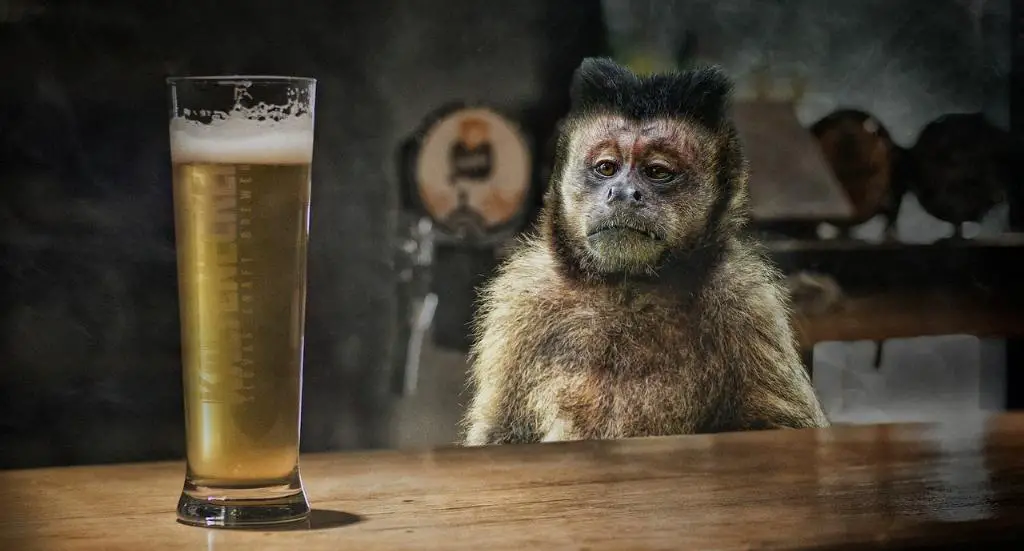When it comes to beer, the options seem endless. From hoppy IPAs to smooth lagers, each style offers its own unique flavor profile. In this article, we will delve into the key differences between IPA (India Pale Ale) and lager, focusing on the distinct tastes and brewing techniques that set them apart.
The Taste: Hops and Bitterness
One of the most noticeable differences between an IPA and a lager is the taste. IPAs are characterized by their intense hoppiness. The brewing process for IPAs involves adding a generous amount of hops, which imparts a bitter and floral flavor. The bitterness of an IPA is measured using the International Bitterness Unit (IBU) scale. IPAs typically have a higher IBU compared to lagers, resulting in a more pronounced bitterness on the palate.
On the other hand, lagers are known for their crisp and clean taste. They tend to be less hop-forward and have a more balanced flavor profile. With lower IBUs, lagers offer a gentle bitterness that is often complemented by subtle malt sweetness. This makes lagers a popular choice for those seeking a refreshing and approachable beer.
Brewing Methods: Fermentation and Aging
IPA and lager also differ in terms of their brewing methods. IPAs are brewed using a top-fermenting yeast at warmer temperatures, typically between 65 and 70 degrees Fahrenheit. The higher fermentation temperature results in a quicker fermentation process, allowing for faster production.
On the other hand, lagers are brewed using a bottom-fermenting yeast and require a colder fermentation temperature, usually between 45 and 55 degrees Fahrenheit. This lower temperature slows down the fermentation process and requires a longer aging period. Lagers are often conditioned for weeks or even months to achieve their characteristic smoothness.
Historical Background: Origins and Popularity
The origins of IPAs can be traced back to the 18th century when British brewers added extra hops to their pale ales to preserve them during long sea voyages to India. The higher hop content helped to prevent spoilage, giving rise to the name “India Pale Ale.” Over time, IPAs evolved and gained popularity in the craft beer movement, becoming known for their bold and hop-forward profiles.
Lagers, on the other hand, have a rich brewing history rooted in Europe. The style originated in Germany in the 19th century, with Bavarian brewers perfecting their craft. Lagers gained worldwide recognition and popularity due to their smooth and clean taste, making them a staple in many beer cultures globally.
Popular Variations: Exploring Sub-styles
Both IPAs and lagers have various sub-styles that offer further diversification within the categories.
IPAs, for example, include West Coast IPAs, known for their piney and citrusy hop character, and New England IPAs, which showcase a hazy appearance and juicy flavor. Black IPAs, Session IPAs, and Double IPAs are other variations that beer enthusiasts often seek out for their unique qualities.
Similarly, lagers encompass sub-styles such as Helles, Pilsner, and Bock. Each of these sub-styles exhibits its own distinct characteristics, ranging from light, crisp, and low alcohol content in the case of Helles, to the malty and rich character of Bock.
Food Pairings: Enhancing the Experience
The taste profile of IPAs and lagers lends itself to different food pairings, allowing for a more enjoyable culinary experience.
IPAs’ bitterness and bold flavors make them an excellent match for spicy and rich dishes. The hoppy notes in an IPA can cut through the heat of spicy foods, balancing the flavors. Additionally, the citrusy and floral undertones can complement flavorful cheeses, such as sharp cheddar or blue cheese.
Lagers, with their crisp and clean taste, are versatile when it comes to food pairing. They pair well with a range of dishes, from grilled meats and seafood to lighter fare like salads and sandwiches. The mild sweetness of lagers harmonizes with a wide variety of flavors, making them a crowd-pleasing choice for any meal.

Conclusion: Appreciating the Diversity of Beer
In conclusion, the differences between IPAs and lagers extend beyond their taste profiles. They vary in brewing methods, historical backgrounds, popular variations, and food pairings. Whether you prefer the robust hoppiness of an IPA or the refreshing smoothness of a lager, both styles offer a wide range of options to suit various palates.
As beer enthusiasts continue to explore the world of craft beer, the appreciation for different styles, including IPAs and lagers, continues to grow. So, next time you’re browsing the beer menu, take a moment to consider the intricacies of IPAs and lagers and choose the style that best suits your preferences and the occasion.
